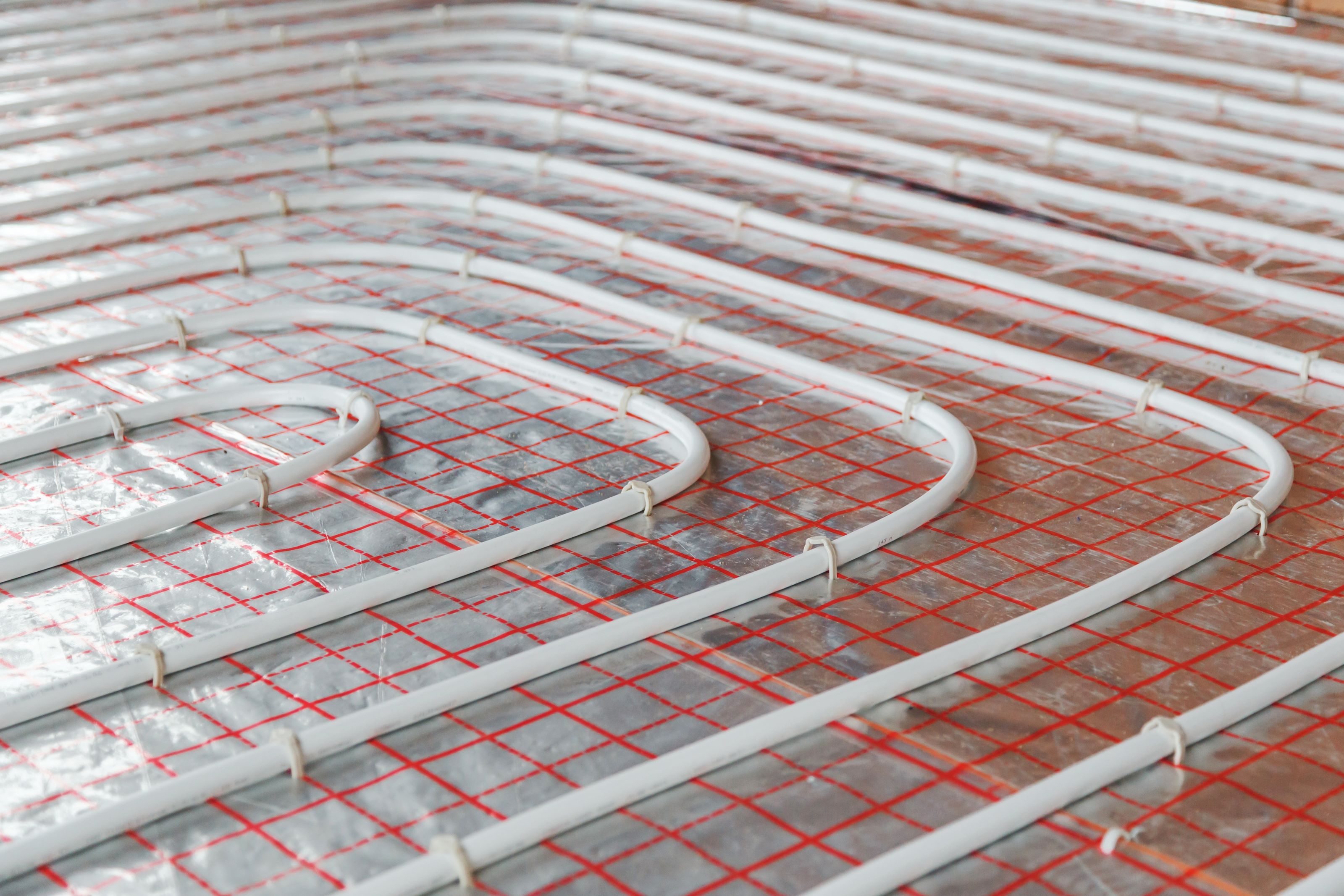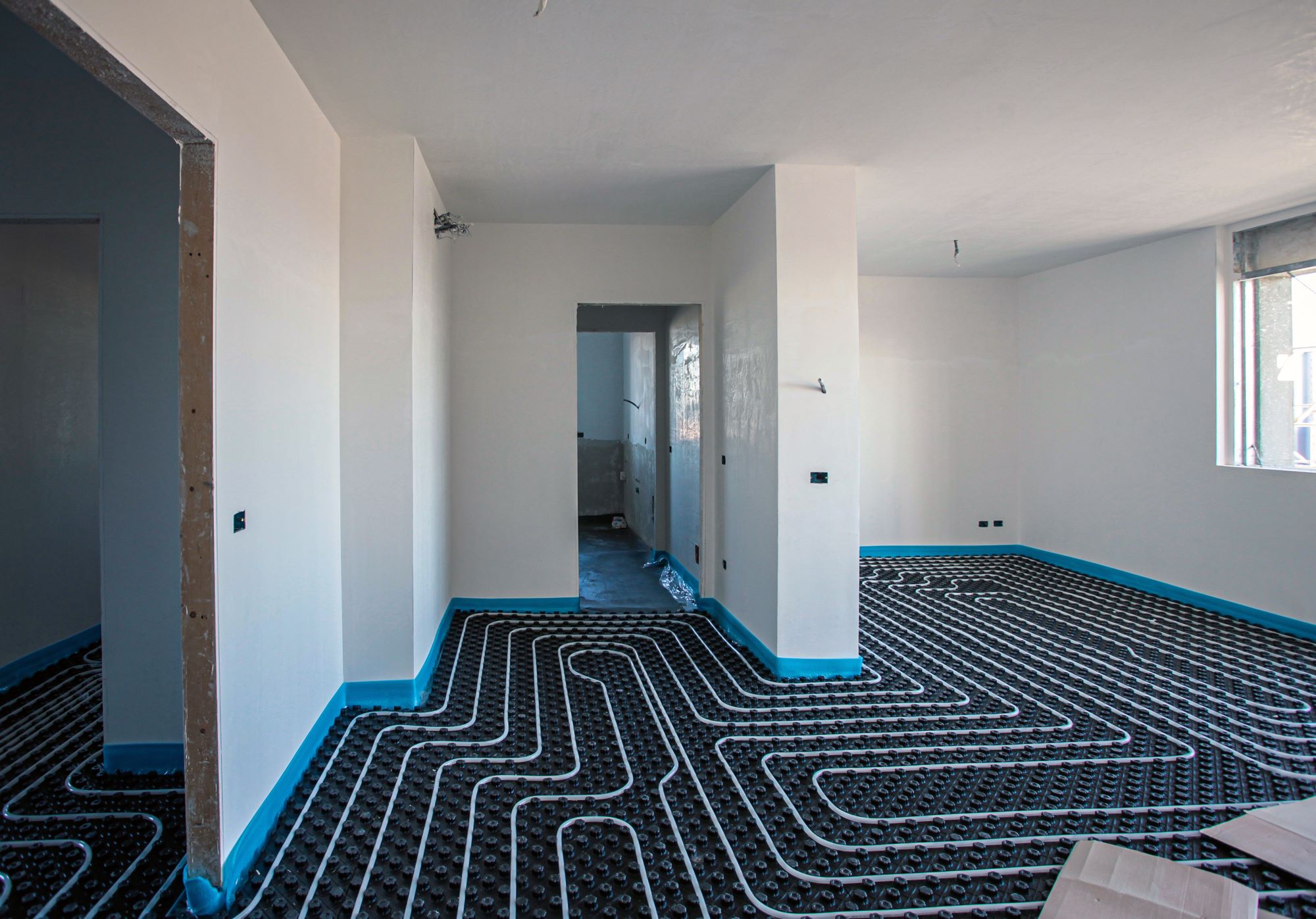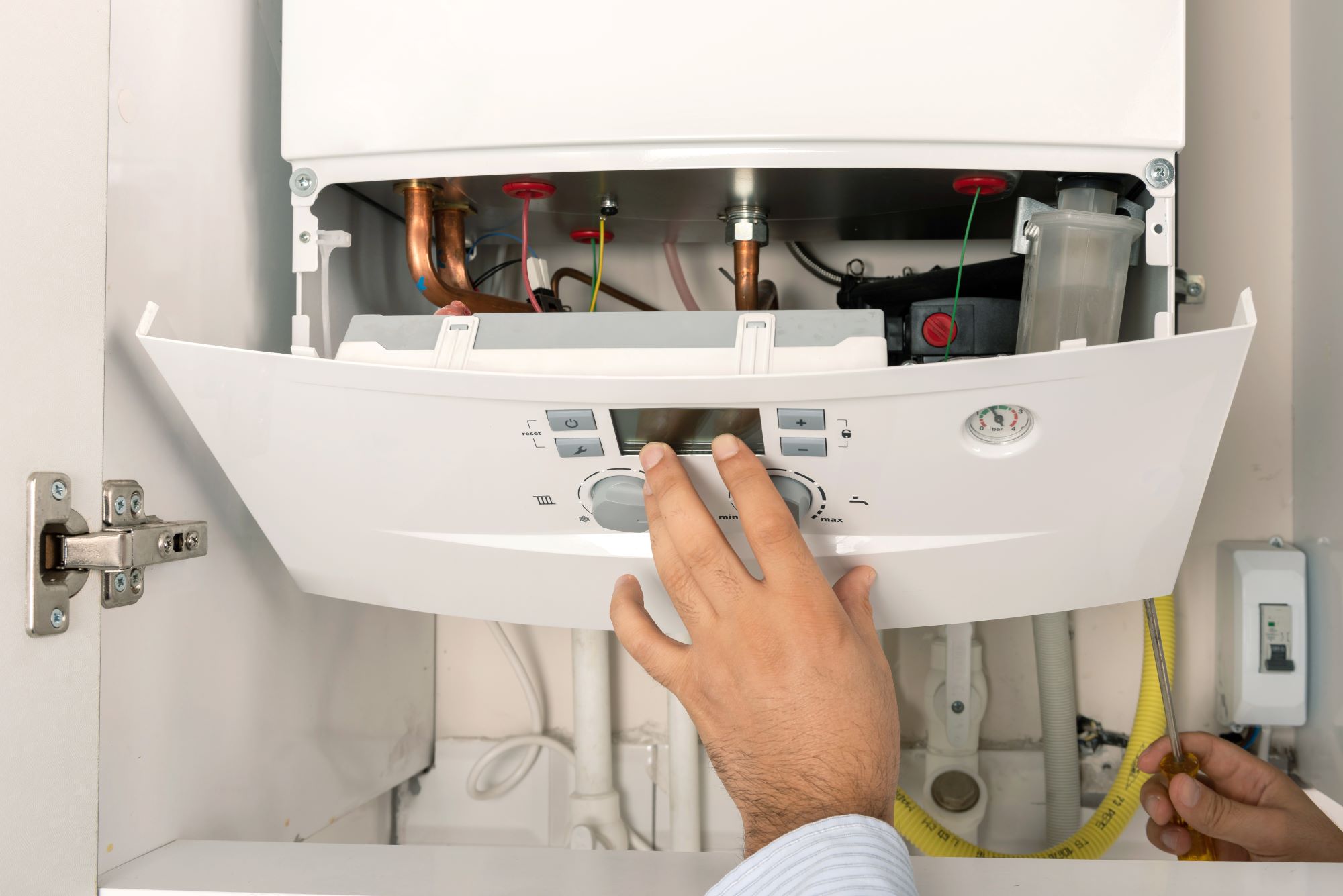Underfloor heating with combi boilers: Pros, cons and your questions answered
While not ideal, it is possible to install underfloor heating with a combi boiler. Our expert explains what you need to know when combining the two in your home

Underfloor heating with combi boilers is an important option to explore for those who either do not yet have the budget for a heat pump or those adding underfloor heating to an extension where the existing home is already run off a combi boiler.
Wet underfloor heating has become a very popular heating solution as it provides an even heat across a room as well as being extremely long lasting.
It can also be cost-effective and energy efficient to run if installed well with a network of pipes embedded into the floor that all return to a manifold.
Our expert guide tells you everything you need to know about installing underfloor heating with combi boilers.
Can you add underfloor heating with combi boilers?
There is no reason why you cannot use a fossil fuel boiler such as a combi boiler, system boiler or heat only boiler to provide the heat for underfloor heating.
The main benefit of using a combi boiler is cost. Combi boilers are generally far cheaper to buy and fit than heat pumps.
However, the downside is that underfloor heating needs to operate at a lower temperature and as such, if you are using underfloor heating with combi boilers, you will need to adapt your system to appropriately regulate the temperature.
If a high temperature boiler (i.e. a combi boiler) is used in the system then a blending valve needs to be fitted to the underfloor heating manifold to regulate the temperature in the pipes and prevent the floor from overheating and potentially getting damaged and/or cracking.

What is the best boiler system to have with underfloor heating?
The best heating system to have is underfloor heating with a heat pump as this is designed to run efficiently at a lower temperature.
If you do not yet have underfloor heating but are planning to carry out an underfloor heating installation then the best advice is design the system for a very low temperature solution such as a heat pump and then design in a blending valve if you install a boiler instead.
This will allow for an easy change if you want a heat pump at any time in the future. This may mean that you have more and thicker pipework that is looped closer together, and potentially more manifold ports, but you will also have more flexibility and less hassle should you wish to embrace low temperature solutions in the future.
If you do not design your system with a heat pump in mind, if you later add one and the piping and looping is not designed for a heat pump, this may mean your system does not operate as efficiently and may potentially cost more to run.

What if I also have radiators on the same system?
A combi boiler has a second heat exchanger for central heating and this is a closed loop pumped system that circulates water through the radiators and underfloor heating.
The blending valve on the manifold limits the heat being delivered to the heating circuit but if the boiler is too large then there may be a need for a buffer cylinder to be installed to act as a heat store. These are typically anything from 50 litre up to 200 litres depending on the boiler capacity and the building heat load.
If there are radiators on the heating system as well as underfloor heating then you have two options if you are running them from a boiler:
- You can either size the radiators to run at a lower temperature and then have the underfloor heating and radiators all running at the same temperature;
- Or you can run the radiators at high temperature and the underfloor heating at the lower temperature.
On the latter, you can separate them with a number of valves if you want separate zones but the blending valve and buffer tank will cool the water for the underfloor heating.
What size combi boiler is best for my project?
A combi boiler has no hot water cylinder and heats the water for your bath or shower instantaneously. The water temperature is lifted by 35 degrees and the flow rate will vary according to the power of the boiler. It is therefore important to ensure your combi boiler is large enough to cope with the demands of your home and underfloor heating.
As an example, a 24kW boiler will typically lift the water temperature at around 11 litres per minute but a 40kW boiler will be able to lift the temperature at around 17 litres per minute.
Many homes will have bigger boilers installed in order to have better showers but this does tend to mean that the boiler output can be too large for the central heating and then result in short stop-start cycles, which will potentially make your system less energy efficient.
The solution is having a boiler with modulation, which is the ability for the boiler to vary its power output. Better boilers have a wider modulation capability meaning they can ramp down further which may also help. Basic modulation may mean that a 30kW boiler can deliver three different outputs, say 30, 20 and 10kW. A better boiler may have 15 stages meaning it can ramp down from 30kW to 2kW in 2kW steps.
Essentially, it is not only size that you need to consider but modulation capabilities.
Get the Homebuilding & Renovating Newsletter
Bring your dream home to life with expert advice, how to guides and design inspiration. Sign up for our newsletter and get two free tickets to a Homebuilding & Renovating Show near you.
David is a renewables and ventilation installer, with over 35 years experience, and is a long-standing contributor to Homebuilding and Renovating magazine. He is a member of the Gas Safe Register, has a Masters degree in Sustainable Architecture, and is an authority in sustainable building and energy efficiency, with extensive knowledge in building fabrics, heat recovery ventilation, renewables, and also conventional heating systems. He is also a speaker at the Homebuilding & Renovating Show.
Passionate about healthy, efficient homes, he is director of Heat and Energy Ltd. He works with architects, builders, self builders and renovators, and designs and project manages the installation of ventilation and heating systems to achieve the most energy efficient and cost effective outcome for every home.

